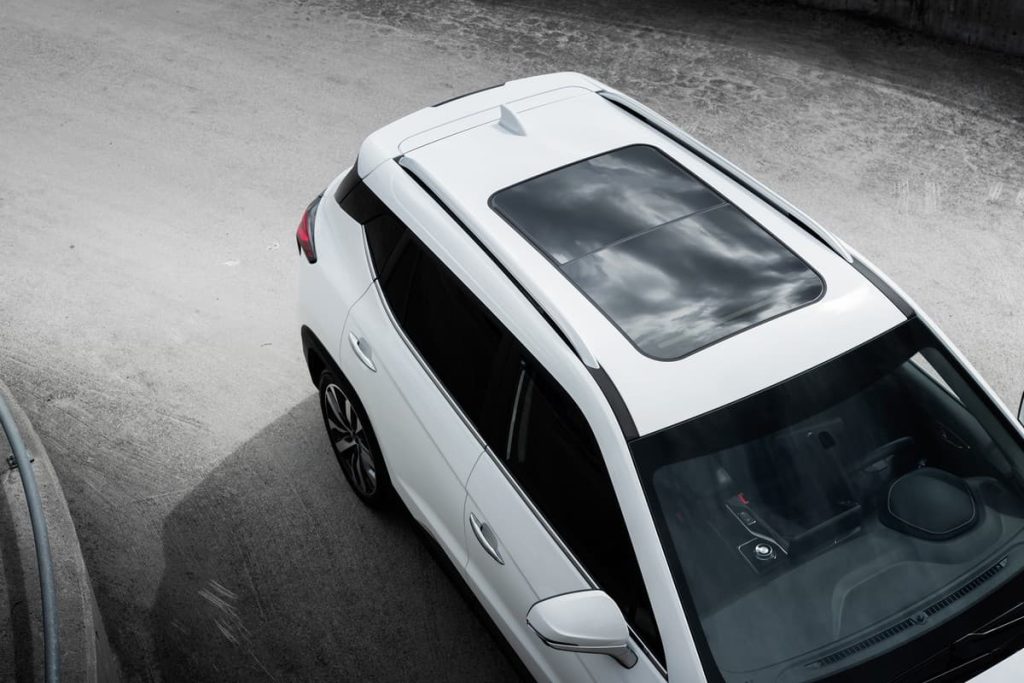Electrıc consumptıon & range
If you are considering buying an electric car, range is probably something you think about a lot before making your choice. For someone who has little experience with electric cars before, it is easy to get confused by all the information about range. The confusion is not reduced by feedback from people who already have electric cars. Some report a longer range than stated, while others say the opposite.

Explanation Of Terms
NEDC was the old measurement method and test cycle that all car manufacturers used to indicate consumption and CO2 emissions. This was a very optimistic measurement method, and most people found that these figures did not match reality well.
WLTP gives a more accurate picture The new WLTP measurement method is much more realistic and accurate, and it is not uncommon for electric car users to report better range in practice than the stated WLTP figure.
WLTP is therefore more realistic than NEDC. Quite simple, but there are still several elements to consider. The WLTP cycle again consists of several different tests. Some of these do not fit perfectly with Norwegian conditions. An important point here is, for example, that the driving cycle in WLTP Combined, which is widely used as a combined figure in marketing, also includes driving at speeds up to 130 km/h, which is unrealistic and prohibited on Norwegian roads. The WLTP Urban/City cycle is another variant, which, from experience, corresponds better with a normal usage pattern. In our specifications, both range figures are stated, both Combined and City/Urban.
Test The Range Yourself
The actual range of the electric car you choose does not always match the WLTP range that is stated. This is closely related to the individual’s driving pattern and driving style. Those who mainly use the car for shopping trips, driving children to training and other leisure activities, visiting family in the local area, etc., will most often experience that the range in daily use is well above what is stated. Similarly, car owners who often drive on the motorway at high speeds will likely experience the opposite – that the range is shorter than what is stated. You can really only find the answer to this yourself, by testing the range against your own driving pattern, and seeing how far you can actually drive before the electric car needs to be charged again.
Significantly Cheaper Car Maintenance Costs
The ideal starting point for a prospective electric car buyer is therefore a driving pattern that corresponds to the average for the majority of Norwegian car owners – up to 80 – 100 kilometers per day. With a good home charger on the garage wall, you are then assured of a fully charged car every morning, and unbeatable operating economy! If you drive mostly only on electricity obtained from the home charger, the cost per km driven for energy will be a fraction of the equivalent driving with fossil fuel. Calculations also show that the total car ownership costs per year are significantly lower for an electric car than for a car that runs on fossil fuel.
External Factors
It is important to be aware that many external factors affect the power consumption of an electric car. Some of them are well known, regardless of the powertrain the car has. The first is the driving style. Even with an electric car, it is important to drive smoothly and predictably, and avoid rapid acceleration and correspondingly hard braking. This sends consumption skyrocketing. As with all types of car, the weight of the car also affects consumption – the more heavily loaded it is, the more expensive it is to drive. Similarly, consumption will be higher for high-rise cars – and correspondingly lower for a low car with an aerodynamic design.
High speed of course costs extra, and you will see that the range of the electric car creeps down relatively quickly on long, steep uphill slopes if you have a speed of around 100 km/h on the motorway. If you slow down to 80 km/h, consumption is noticeably reduced. On similar downhill slopes, you can be happy that the range figures actually increase – the car charges itself when it rolls downhill. Regeneration of electricity also occurs when you brake, and makes an additional contribution to extending the range slightly.
Tires
Your car’s tires have a big impact on how far your car can go. A tire with high rolling resistance quickly steals kilometers from your range. A tire that rolls easily uses less energy.
Sufficient tire pressure is an important factor in reducing tire rolling resistance. Many people drive with too little air in their tires, and especially in cold weather, tire pressure drops, increasing rolling resistance – and thus reducing range. Therefore, you should constantly check that your tires have sufficient pressure.
Tire choice also affects range. For example, studless tires have lower rolling resistance than studded tires, and summer tires roll more easily than winter tires. This is one of the reasons why you often experience different range at different times of the year.